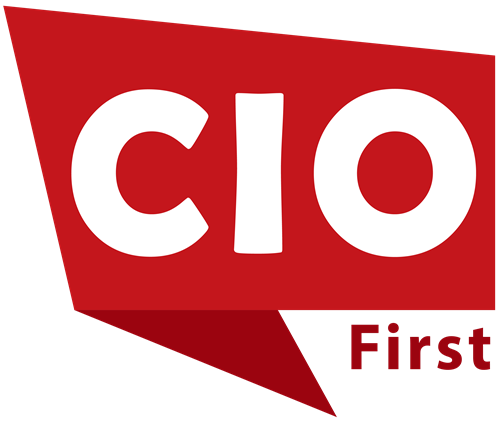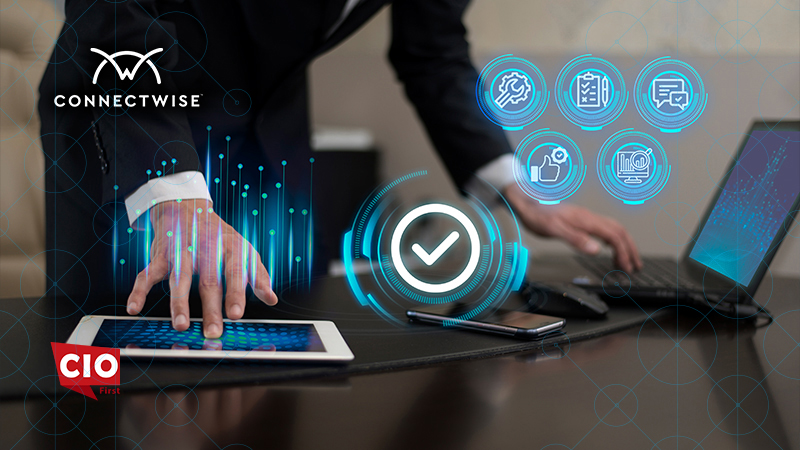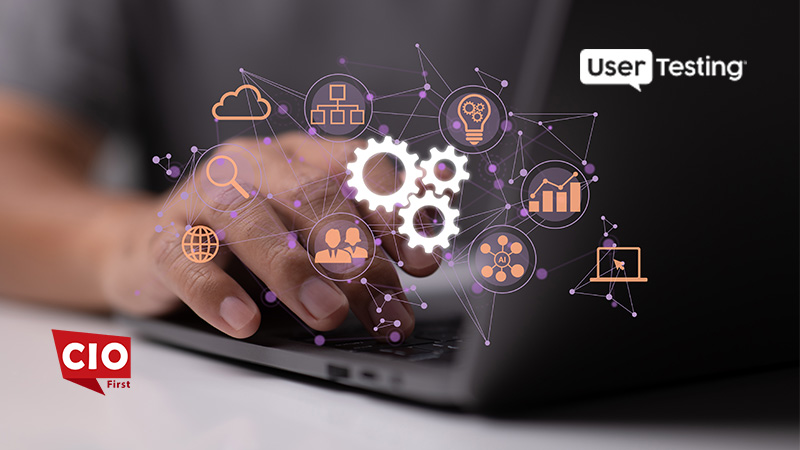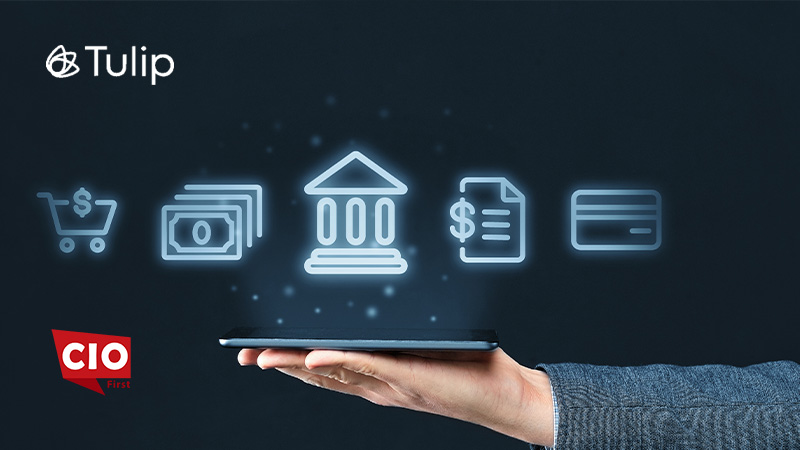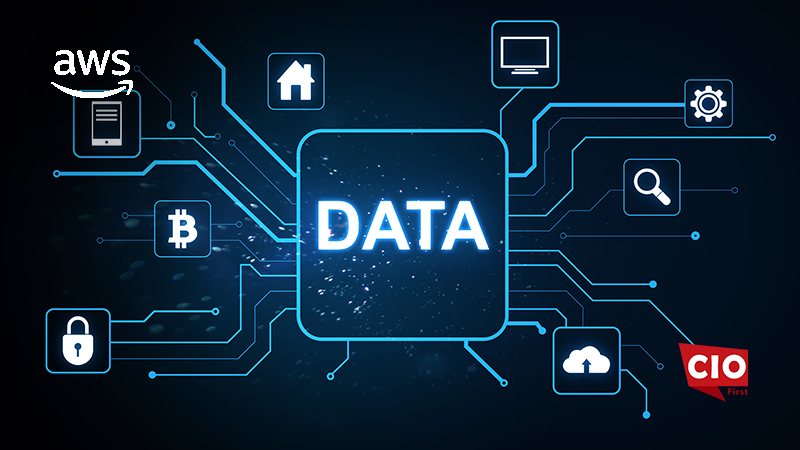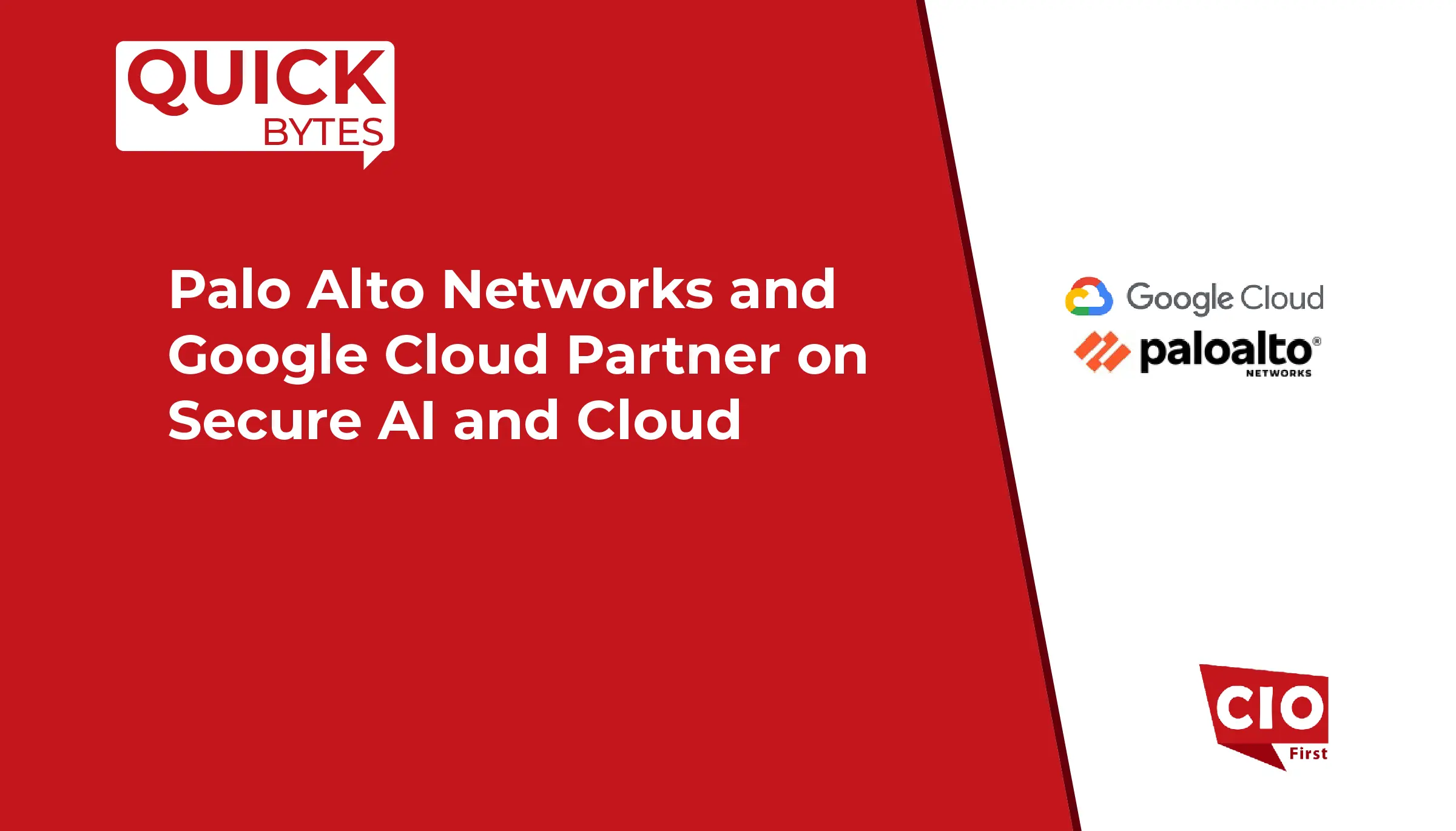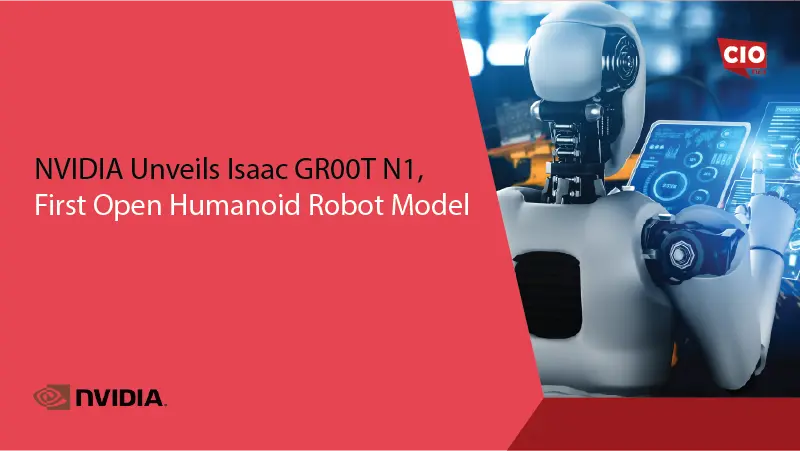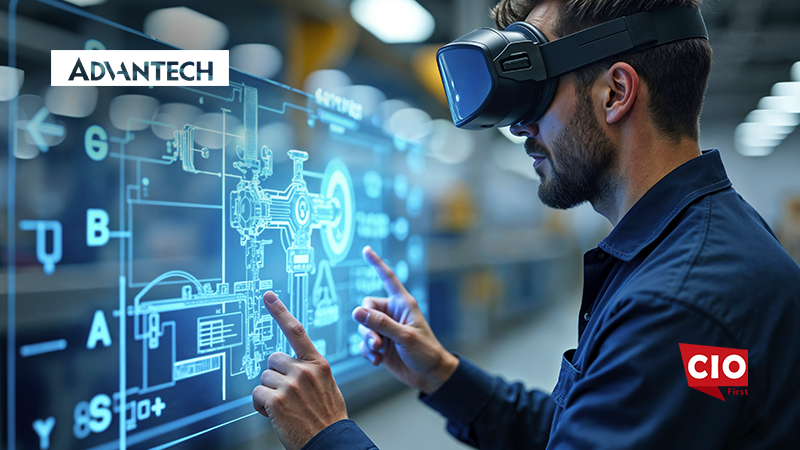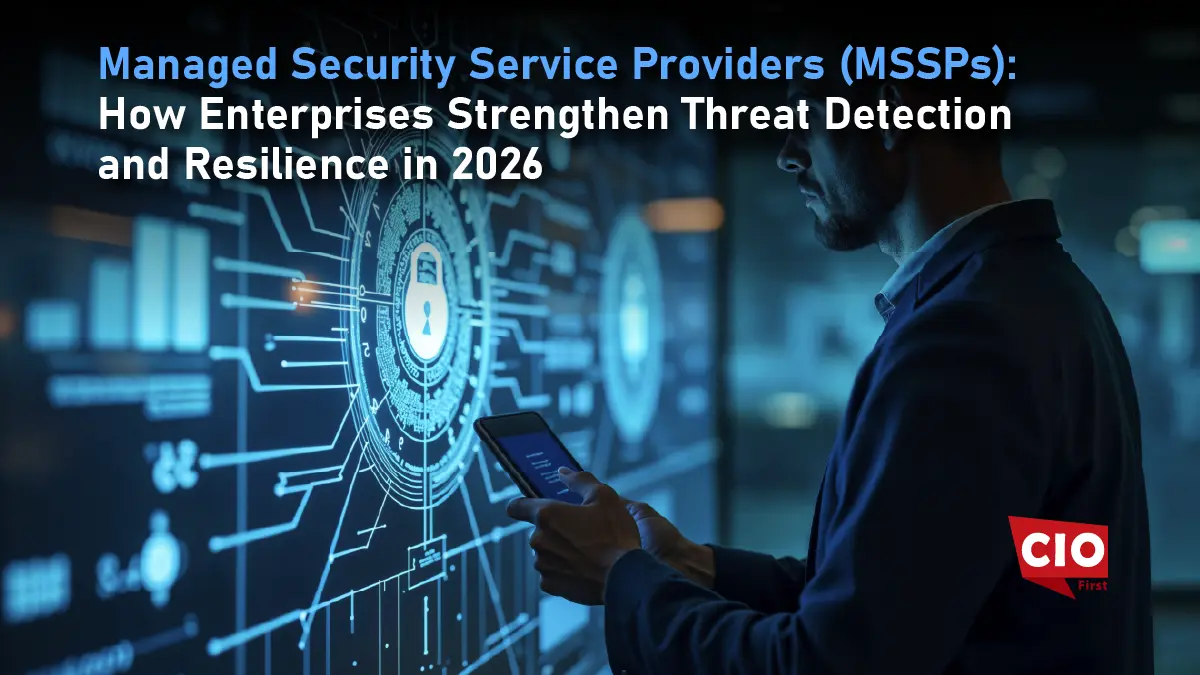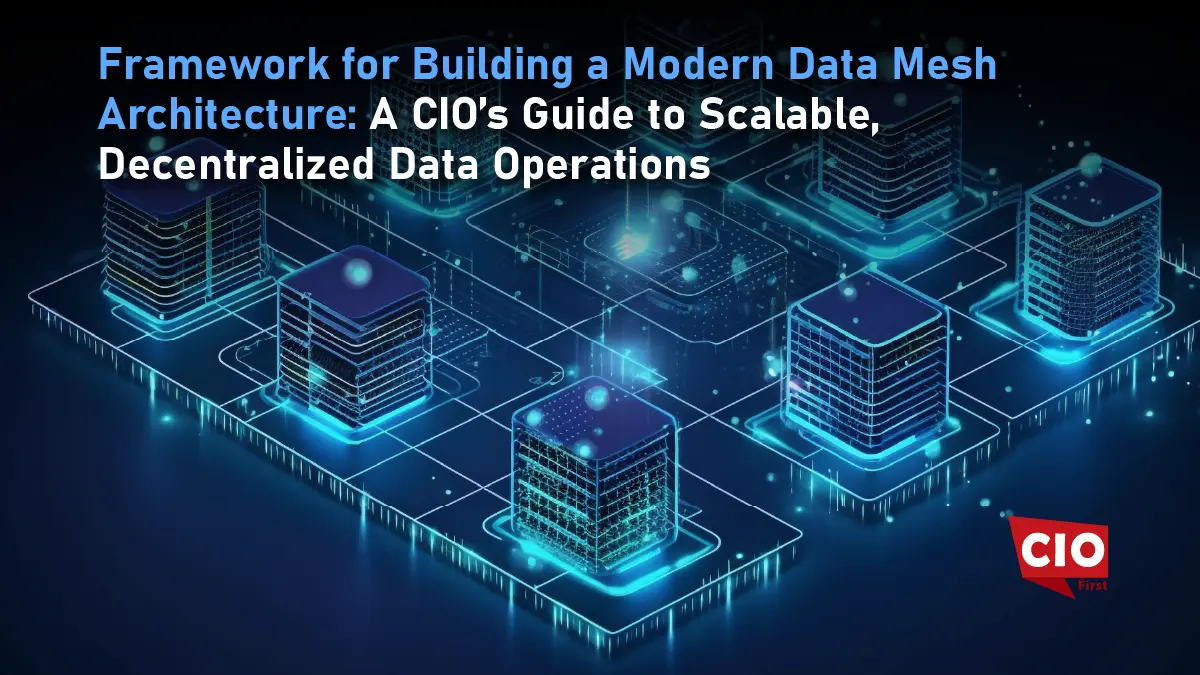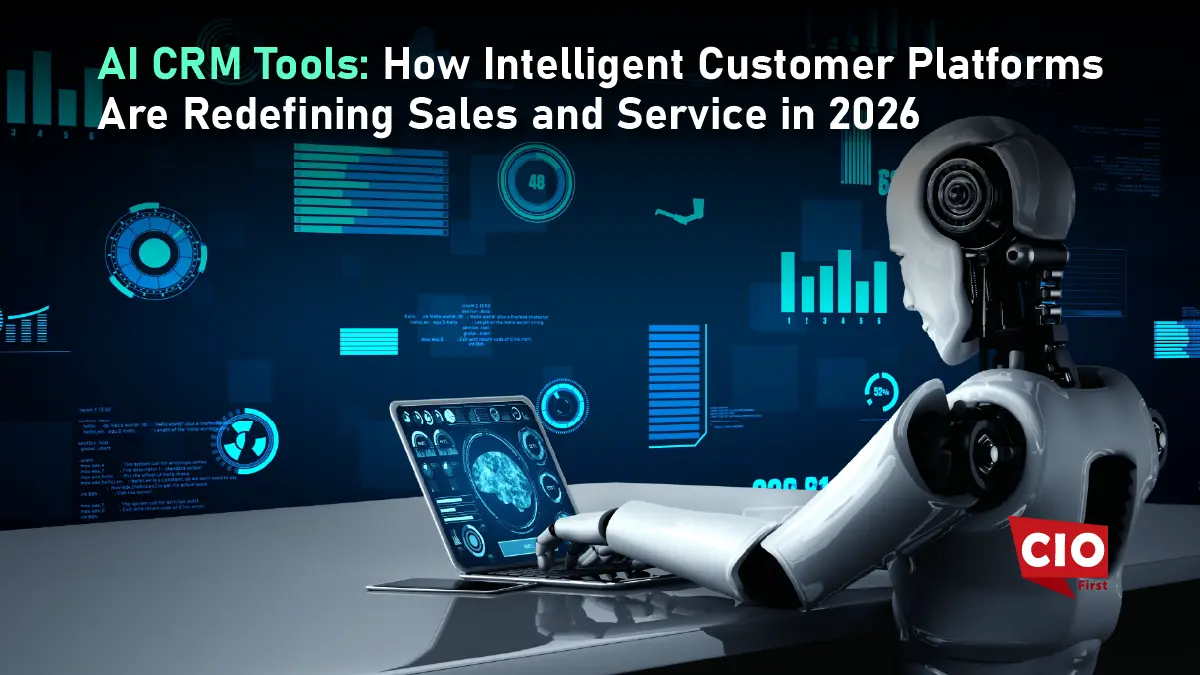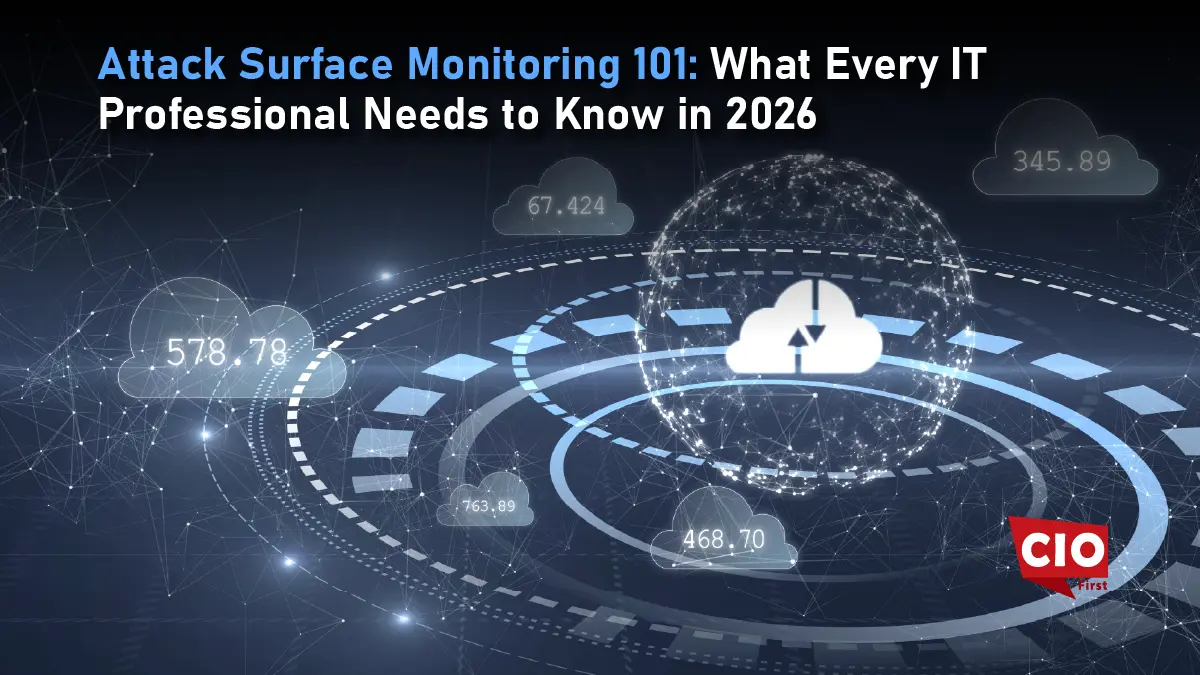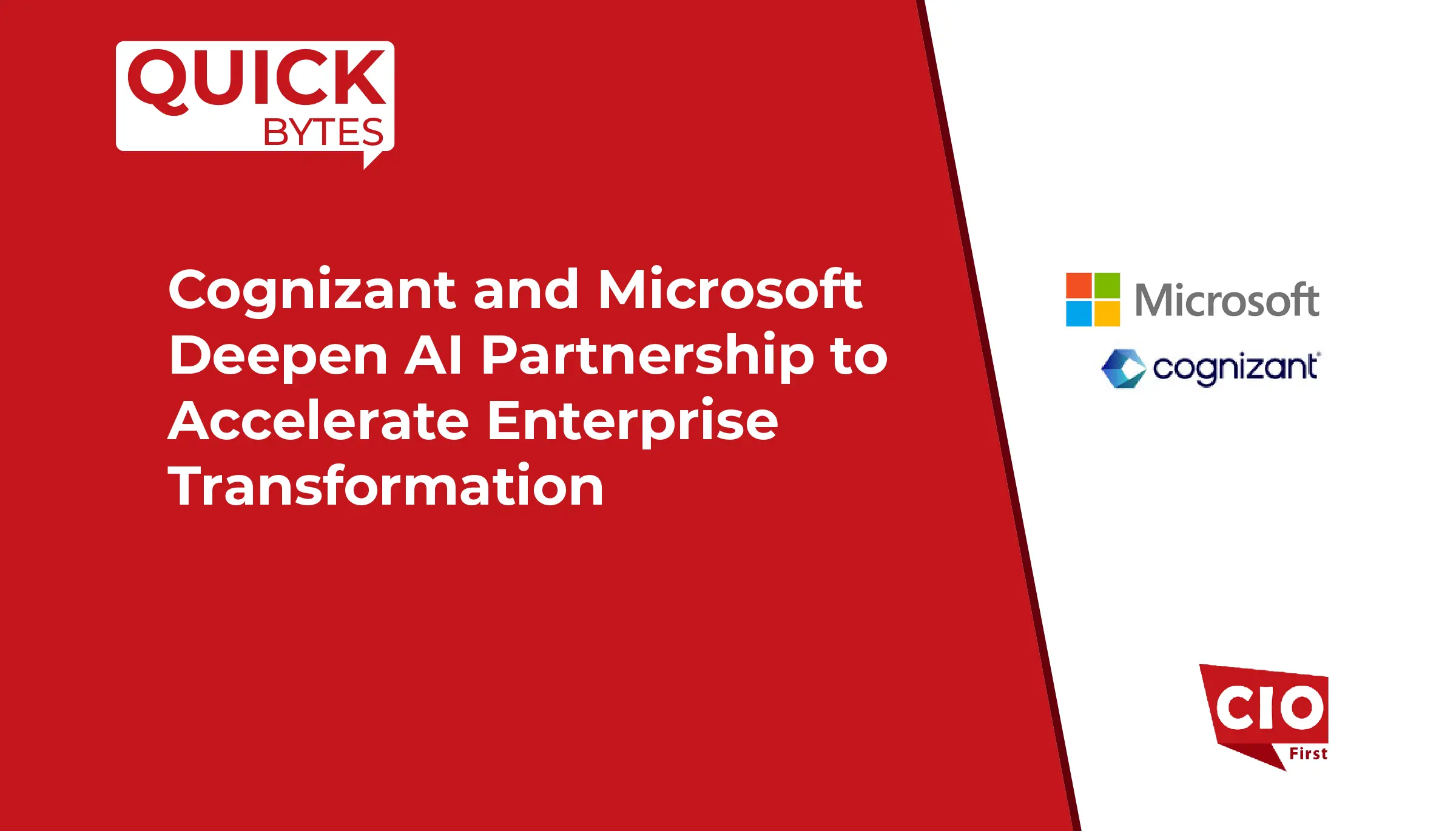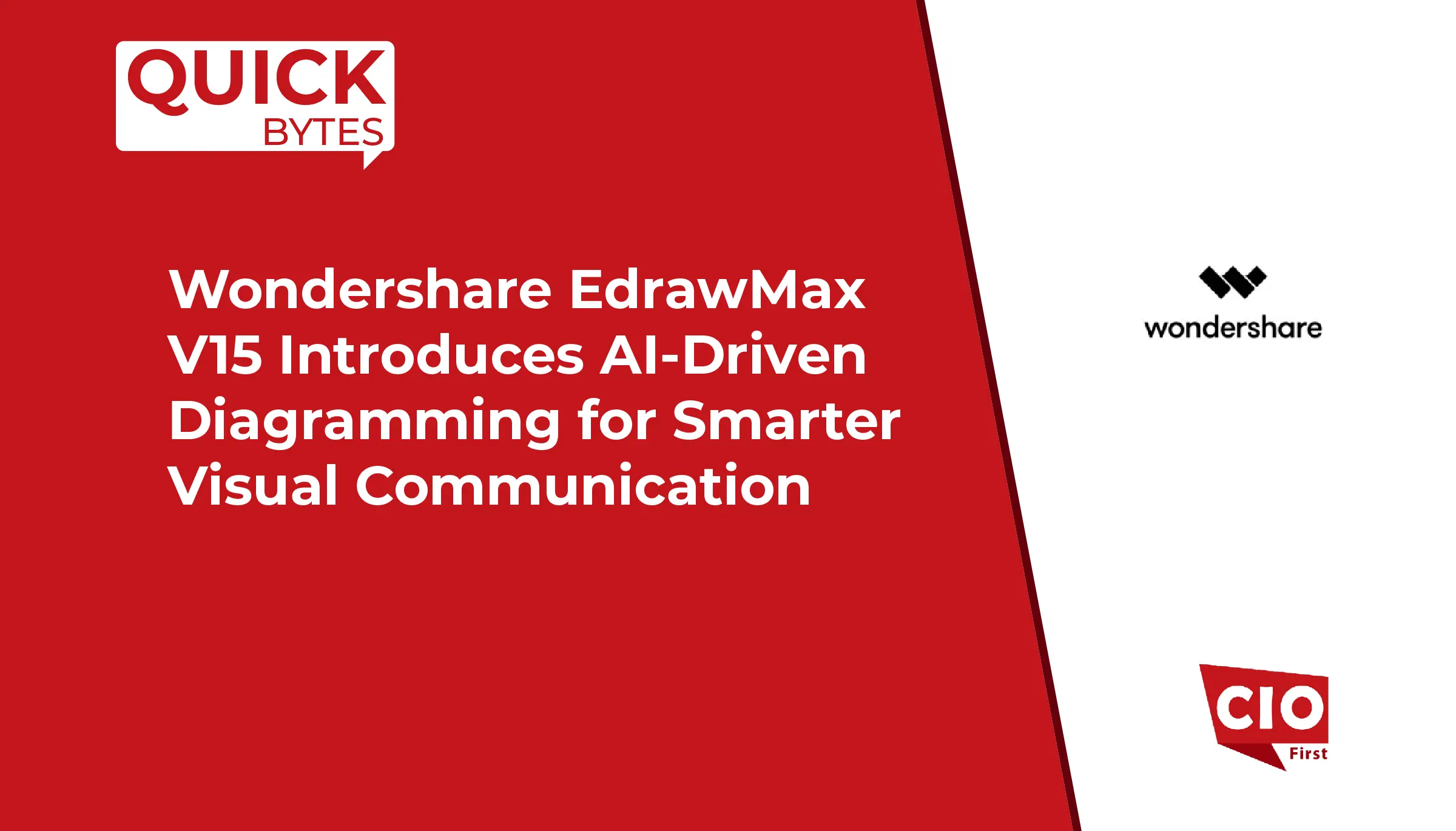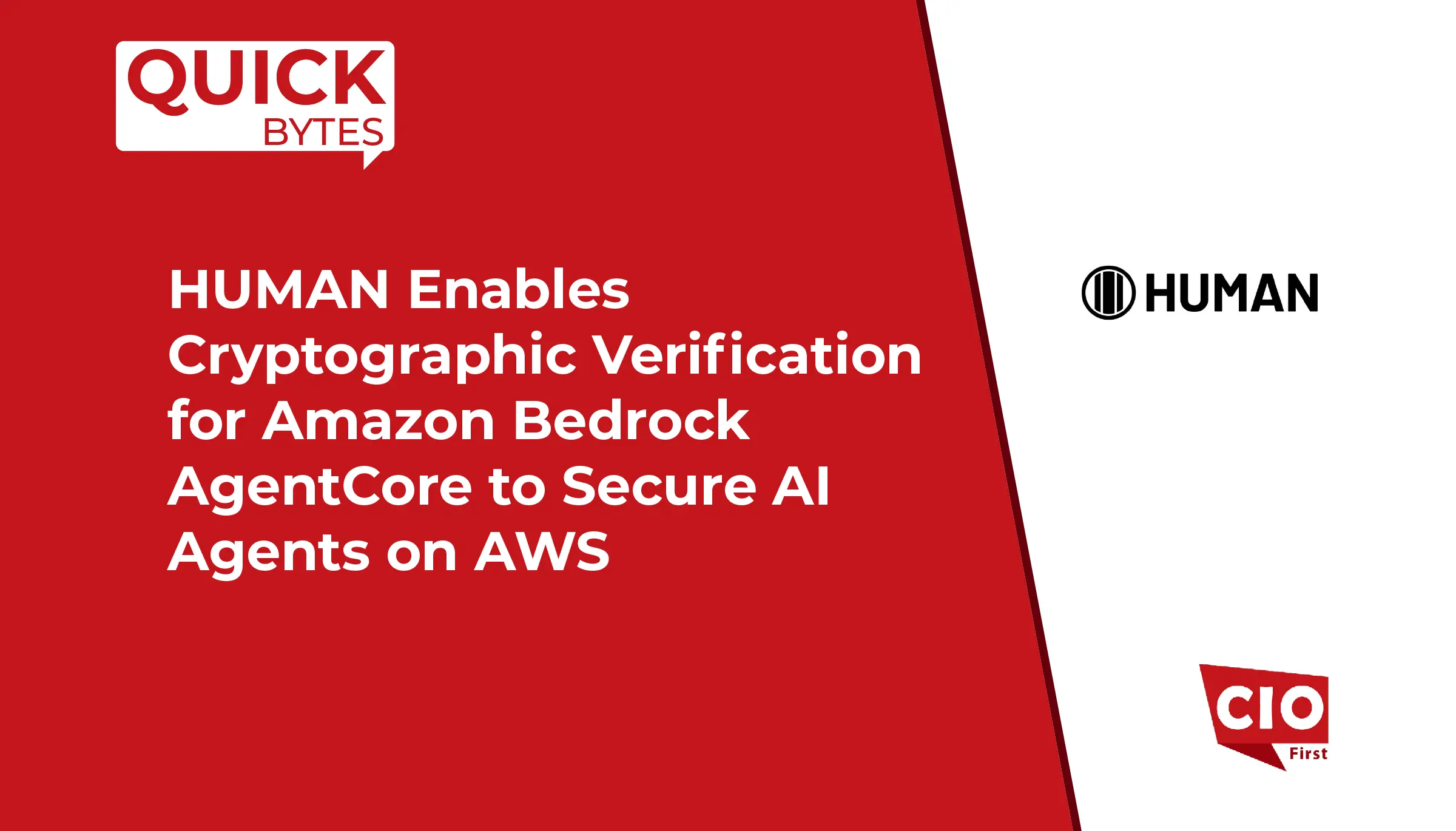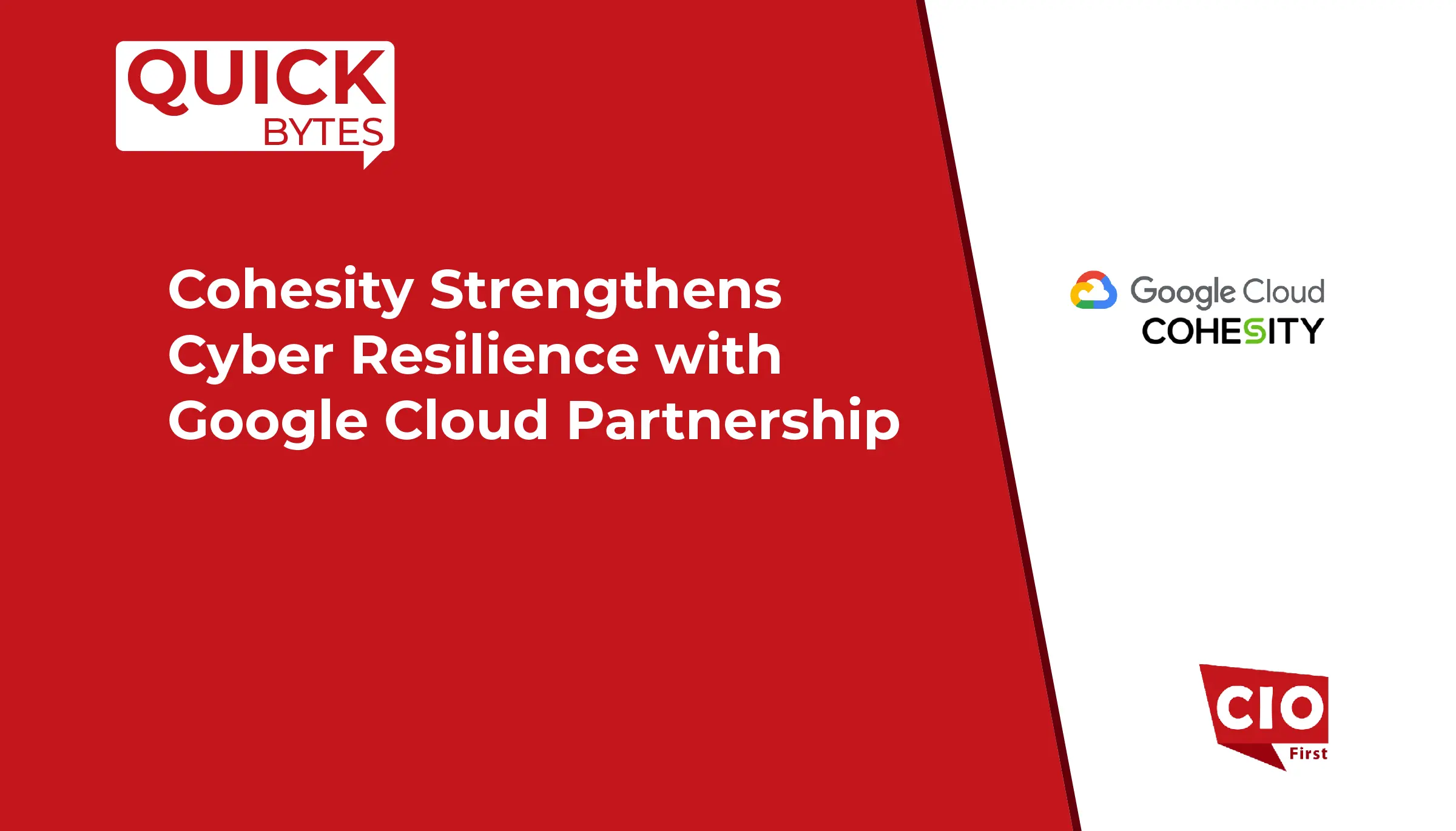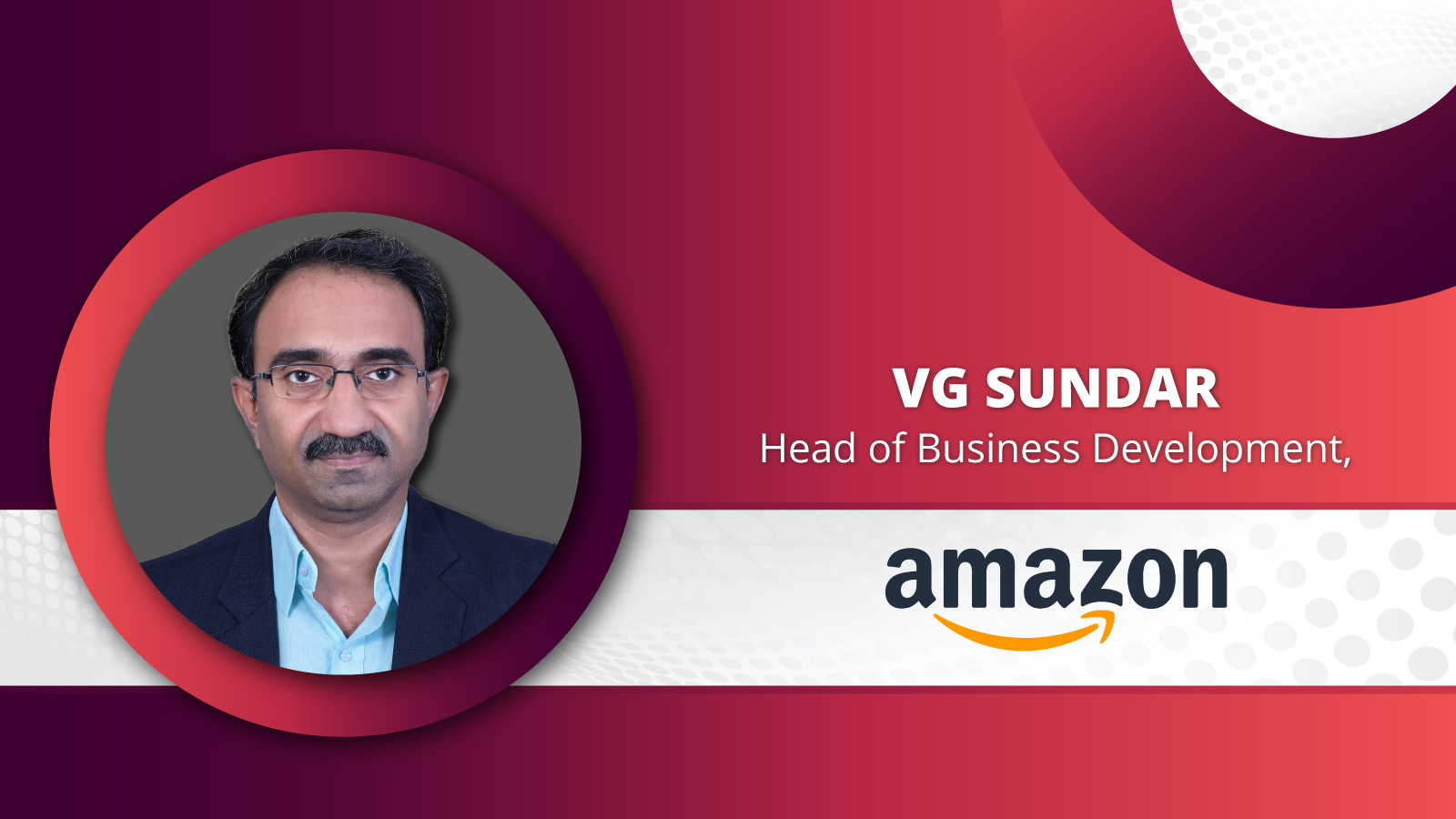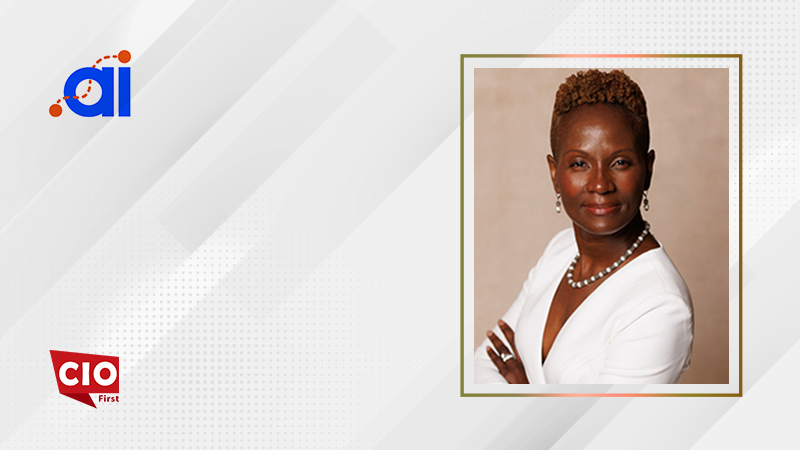Enterprises are rapidly deploying IoT across industrial sensors, connected machines, smart facilities, and digital products. This expansion is generating massive volumes of data. However, much of it remains untapped. Without intelligent analysis, IoT data creates complexity instead of delivering value. To overcome this, CIOs are embracing AI in IoT to turn raw sensor data into predictive intelligence. Integrating machine learning with IoT systems enables businesses to move beyond real-time monitoring toward foresight-driven operations. This article explores the architecture, use cases, and operational models CIOs are using to unlock business value from AI-integrated IoT ecosystems.
From Reactive to Predictive Operations
IoT systems were first adopted to increase visibility, tracking equipment status, temperature changes, and energy usage or product movement in real time. Real-time monitoring is helpful, but it can’t spot early warning signs or predict disruptions before they grow.
AI enables the predictive shift. Machine-learning models can find changes by observing patterns, anomaly signals, and connections between variables. These changes can show early signs of equipment failure, supply chain problems, or performance drops. This turns IoT from a data-gathering tool into a decision enabling platform.
For instance, in March 2025, Grid Dynamics unveiled its IoT Control Tower platform, enabling manufacturers and energy companies to analyze IoT data streams, from sensors to cameras to generate prescriptive insights using machine learning and agentic AI assistants. It reduces analytic work, speeds up finding issues, and improves efficiency with real-time suggestions.
For CIOs the challenge is to orchestrate the right data infrastructure, model deployment pipelines and governance frameworks to ensure AI and IoT systems work together, not in silos.
Forecasting Equipment Failures Before Downtime Hits
Predictive maintenance is one of the most mature and ROI driven applications of AI-IoT integration. Sensors embedded in manufacturing assets, HVAC systems or heavy equipment continuously transmit operational data, vibration, temperature, usage cycles, voltage and pressure.
AI models trained on this data can detect early indicators of component fatigue or misalignment. These models forecast when a part will fail or need calibration, so technicians can act before performance declines or unplanned downtime occurs.
This extends asset life and reduces emergency repair costs and production delays. For CIOs implementing predictive maintenance means aligning OT (operational technology) data with enterprise systems, often through edge-to-cloud architectures that enable local inference and centralized control.
In March 2025, ClearBlade introduced its updated IoT platform ‘Cleopatra’s Eye’, expanding AI‑IoT services on Google Cloud. This update brings enhanced edge‑to‑cloud AI deployment, predictive analytics, and tighter integration with enterprise infrastructure.
Supply Chain Planning Through Predictive Signals
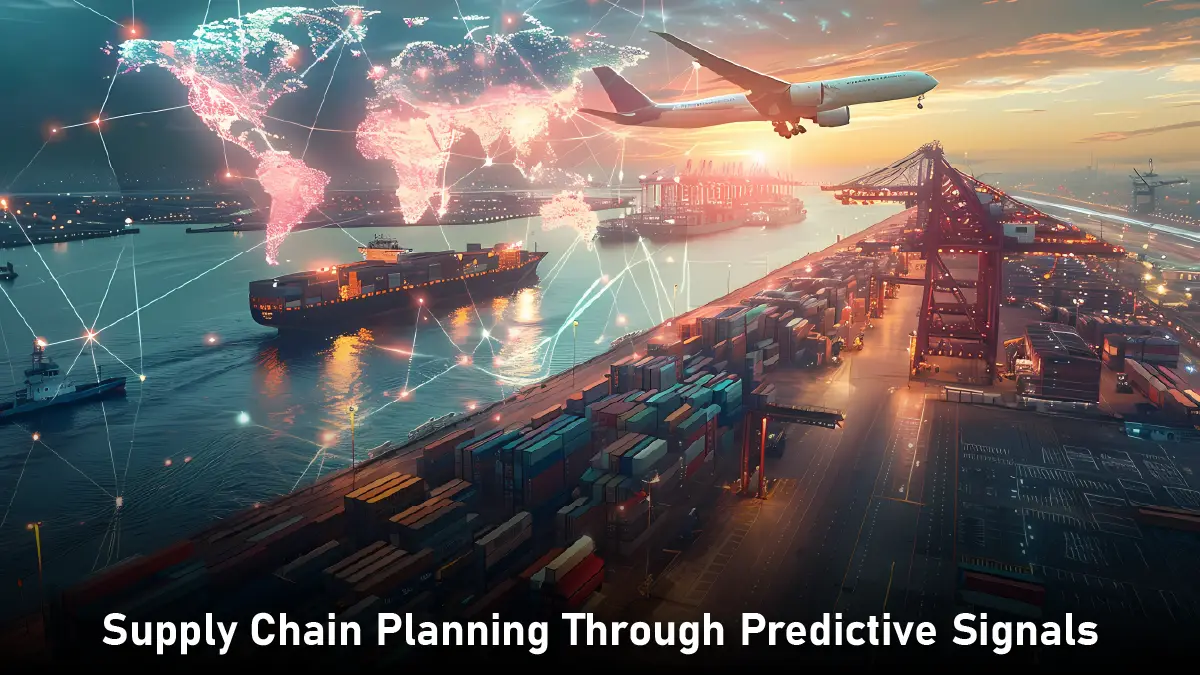
Modern supply chains operate in a world of uncertainty, fluctuating demand, supplier variability, and geopolitical disruption and logistics delays. IoT devices capture data on inventory levels, shipping conditions and transit routes. AI adds to this visibility by forecasting risk scenarios and suggesting dynamic responses.
For example, if sensor data shows slower movement through a particular route or environmental changes that may damage goods in transit, AI models can reroute shipments or adjust inventory buffers in the affected regions. And demand forecasting becomes more accurate when models take into account external data, weather, seasonality, local events and real-time inventory feeds.
CIOs deploying such models ensure that predictive insights are fed directly into ERP, WMS and SCM platforms so supply chain teams can act in the moment not after the event.
Customer Experience Through Intelligent Feedback Loops
IoT is being embedded in consumer facing products, smart appliances, wearables, connected vehicles, generating constant feedback on usage patterns, performance metrics and environment interactions.
AI models analyze this data to surface customer preferences, detect service issues and optimize product functionality. For example, usage patterns can trigger personalized outreach when a user may need support or upgrades and AI can dynamically adjust device settings based on real world conditions to increase satisfaction.
This is critical for CIOs focused on customer centric innovation. The integration of AI and IoT enables more responsive service models, targeted product updates and a continuous loop between user behavior and enterprise adaptation.
Energy Optimization Through Intelligent Sensing
Energy efficiency is now a board level priority across industries, not just for cost control but as part of broader ESG strategies. AI powered IoT systems are now at the center of energy optimization initiatives, especially in facilities, data centers, industrial operations and transportation networks.
Connected sensors monitor real time energy consumption across equipment, zones, and buildings. AI models analyze usage trends, occupancy patterns and environmental conditions. This helps in identifying inefficiencies. This includes peak loads, idle energy consumption or misconfigured systems.
Based on it, systems can automatically adjust HVAC schedules. They can also redistribute power loads or reduce lighting in low-traffic areas. Over time this continuous calibration leads to measurable reduction in consumption and emissions.
CIOs leading these efforts must ensure their data platforms can ingest both structured and unstructured IoT data and integrate with building management and asset control systems. AI is the intelligence layer that turns static energy data into adaptive infrastructure behavior.
Architecting for Scale: Edge to Cloud
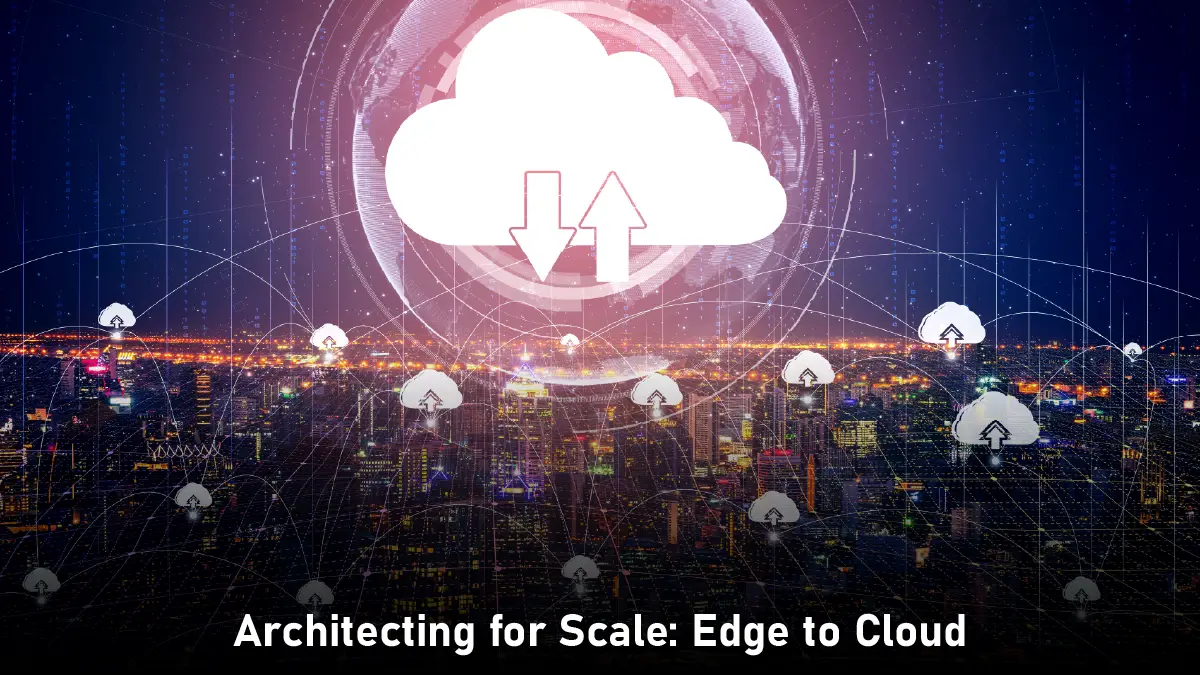
To get predictive insights at scale CIOs are designing architectures that balance edge processing, cloud storage and enterprise integration. Not all AI workloads need to or should run in the cloud. Edge AI enables localized, low latency decision making especially in remote sites or time sensitive environments. For example, in a manufacturing facility, edge devices can detect anomalies or control equipment without central server validation. Meanwhile aggregated data is sent to the cloud for longer term trend analysis, model training and multi-site benchmarking.
This hybrid model reduces data transfer latency, lowers bandwidth costs and ensures resilience in case of connectivity loss. CIOs must also consider data interoperability, making sure IoT platforms, data lakes and AI engines share standardized schemas, metadata and access protocols to prevent fragmentation.
Risk and Governance in Predictive World
AI and IoT brings operational upside but also risk. Predictive models can drift, sensors can fail and misinterpretation of data can lead to bad decisions. Privacy concerns grow when user or equipment behavior is being monitored.
To address this CIOs are setting up governance frameworks that define:
- Ownership of model accuracy, retraining cycles and version control
- Rules for data retention, anonymization and access
- Protocols for alert validation and escalation
- Human oversight in automated decision systems
Cross-functional boards involving IT, data science, operations, compliance and cybersecurity ensure predictive intelligence is trustworthy, ethical and compliant with regulatory standards.
Organizational Readiness for Predictive Insights
Technology is just the starting line; it’s action that drives results. For AI-powered IoT systems to create real business value, insights must be acted upon. CIOs are becoming the architects of readiness, uniting functions like operations, supply chain, facilities, and customer experience. They’re equipping teams with tools and training to decode predictive signals, transforming information into impactful decisions.
This includes:
- Integrating dashboards into daily workflows
- Automating notifications and recommended actions
- Training on interpreting AI outputs and setting thresholds
- Feedback loops to refine models based on outcomes
When predictive insights are democratized and aligned with operational processes, you get faster reaction times, lower error rates and better cross-functional coordination.
Business Outcomes from AI-Enabled IoT Deployments
| Use Case | Metric / KPI | Impact Estimate |
| Predictive Maintenance | Reduction in unplanned downtime | Up to 50% |
| Predictive Maintenance | Maintenance cost savings | Up to 40–55% |
| Condition Monitoring | Prediction accuracy | ~85% accuracy |
| Digital Twin Optimization | Equipment utilization increase | Up to 20% |
Conclusion
As IoT ecosystems develop, being able to gain predictive insights becomes a key advantage. AI in IoT helps CIOs gain foresight, not just visibility. This technology optimizes maintenance, logistics, energy use, and customer experience.
Unlocking the full potential of AI in IoT is about more than technology. It needs a scalable infrastructure and a strong governance framework. Organizations must use data-driven insights effectively. CIOs leading this change can boost IT from a support role to a key driver of smart growth.
